
ARTMEUP #1: IN OPERA: Future Scenarios of a Young Forest Law, 2023
Staged in the Uruguay Pavilion at the 18th Venice Architecture Biennale, this multi-authored opera explores the scenarios of Uruguay’s transformation in the context of Forestry Law, dating back to 1987. How can the country build a more fair and inclusive future with its woods? Among many voices, the story is told by the young forest law, embodied in a spirit with a hypnotic voice. It "looks in the mirror and sings to us in an attempt to understand what is going on around it and why it does not receive the same attention as other regulations." Throughout the overture, three acts, and coda, the viewer is placed in a space where the image and sound are deeply rooted in their sensory perceptions. Just like a growing crystal, the forest law is going through a continuous metamorphosis to find its own voice.
Author
MAPA & INST Carlos Casacuberta
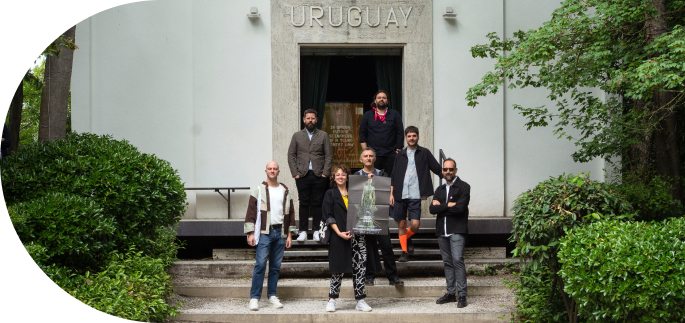
Bio
MAPA is a creative studio focused on architecture. They work on projects of diverse scales worldwide, creating new material, digital, natural, and cultural realities. INST carries out transdisciplinary research to explore architecture and experiments with new media and forms of communication. Carlos Casacuberta is a musician, performer, composer, and producer. He is a member of Uruguayan hip-hop and alternative rock band Peyote Asesino, winner of the Graffiti 2022 award for best hip-hop album and band of the year.
Artists

MAPA
@mapaarq

INST
@inst___inst___inst

Carlos Casacuberta
@c_casacuberta
Visual artists
EC
Exceso Colectivo
@excesocolectivo
"Trees are sanctuaries. Whoever knows how to speak to them, whoever knows how to listen to them, can learn the truth." Herman Hesse
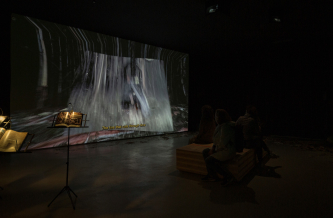
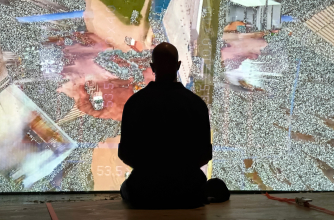
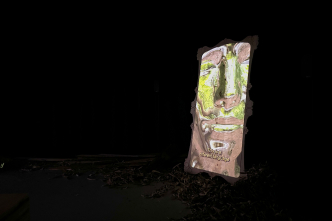
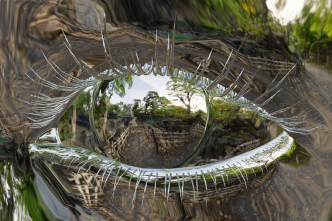
Understand me
Earth’s muse
Why did MAPA+INST and Carlos Casacuberta pick forest as the main topic? With the birth of the Forestry Law in 1987, wood exports exceeded meat exports in Uruguay for the very first time, transforming both its economy and landscapes, attracting the greatest investments, and increasing the pace of industrialization. The topic of the Earth muse allows reflecting on both nature’s beauty and suffering. One great example is Olafur Eliasson's project Ice Watch: the artist illustrated the effects of global warming on glacial retreat by bringing massive blocks of ice and putting them at the Place du Panthéon.
Sacred tree
IN OPERA explores wood and its role in the future of Uruguay. Apart from being one of the oldest materials, wood is a sacred symbol in various cultures.Olive, the divine tree of the Greek goddess Athena; the Buddhist Bodhi Tree, where Gautama Buddha achieved enlightenment; or Sahabi tree – the last living witness of the Prophet Muhammad in the desert of Jordan – all of them could sing impressive arias of their lives.
Technology: Friend or Foe
"The factory manufacturers themselves do not know how they’ve done it. From the forest to the machine, the line that cuts through time," – the young forest law sings in tears. The industrialization of forestry has brought Uruguay into a whole new world. Artificial forestry plantations grew from 50,000 hectares to one million hectares, representing about 6% of the country’s land.
The tree is more than first a seed, then a stem, then a living trunk, and then dead timber. The tree is a slow, enduring force straining to win the sky." Antoine de Saint-Exupéry
Read me
The three themes – "Earth’s Muse", "Sacred Tree", and "Technology: Friend or Foe" – are three directions that will introduce IN OPERA from the most unusual sides. On the one hand, Forest Law is a character-actor whose essence is found among humans and non-humans. It emerges in a particular time and space, becoming the impetus for further action. On the other hand, it is a character-puzzle consisting of many intellectual and physical elements. Finally, it is a character-deity whose exclusivity lies in their connections with the past and dreams of the future.
"The Little Prince", Antoine de Saint-Exupéry. 1942
Baobab is a giant tree on Prince’s planet that represents a dangerous menace. Resembling a rosebush at first, it can destroy the Prince’s planet. This metaphor stands for unpleasant things in one’s personality that are hard to discover in the early steps of communication.
"The Cherry Orchard", A.P. Chekhov. 1903
In this play, the orchard is the central symbol and a character, reflecting the history and culture of the whole country. Cutting down the orchard by the end of the play means farewell to the old order of life.
"The Sacred Tree: Ancient and Medieval Manifestations", Carole M. Cusack. 2011
"Ancient Pagans believed trees could express profound cosmological and spiritual truths; they were frequently connected to the image of the world (imago mundi), which often took the form of a giant human being, and to the notion of the centre (axis mundi), which both mapped territory and connected the earth to the heavens above and the underworld below."
Watch me
The dense relationship between people and trees has been portrayed many times in feature films, documentaries, installations, and even cartoons. Tulgey Wood is an endless forest, imagined by Alice and inhabited by bizarre creatures in "Alice in Wonderland" (1951). "The Hidden Life of Trees" (2020) is a documentary, telling the story of tree life in different parts of the world. The tree becomes a portal between life and death in "The Tree" (2011). And in Miyazaki's famous film Princess Mononoke (1997), you will meet Kodama, children of the old trees, which are a sign of the forest’s health.
Listen to me
In countries like Uruguay, the opera was historically a part of the regulatory mechanism. During the second half of the 20th century, the opera "Marta Gruni" (1967) by Jaurès Lamarque Pons was born as a result of the search for unique musical languages. But what does the tree sound like? John Cage used cacti as musical instruments in pieces like "Child of Tree" and "Branches". "A Forest" (1979) by the Cure compares shallow persons to trees, and "Changes" (1972) by David Bowie reflects on a rapidly transforming world.
Look at me
Fray Bentos: from the world’s kitchen to the industrial city
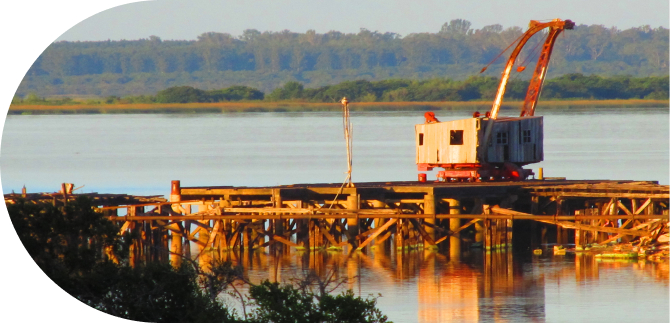
Fray Bentos
The city Fray Bentos played an important role for the whole country: the first large-scale meat-packing plant in Uruguay, Frigorífico Anglo, was established there in 1865. After 120 years, it was not only feeding the soldiers but also sending meat products to 5 continents. This factory was the first representation of the industrial revolution in the area. Decades after, Fray Bentos became home to the country’s first cellulose plant.
Tacuarembó
Tacuarembó is a symbol of the territorial transformations associated with the Forestry Law – not only for the quantity of planted hectares but also for the ecosystem that has been built around forestry, including the new campusfor training, research, and innovation, the largest sawmill industries in the country and a newly-built 2.1-million tonne pulp mill near Paso de los Toros.
Try me
The Chivito or a "little goat"
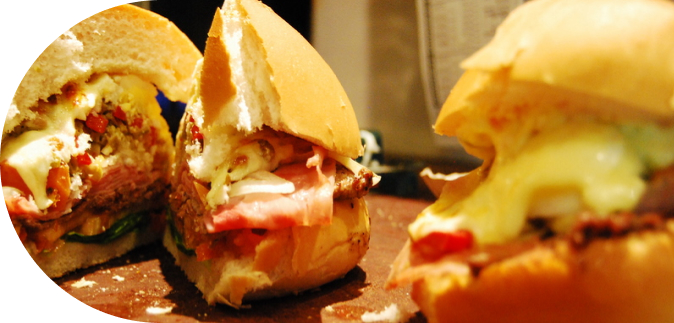
The Chivito
Uruguay is one of the largest exporters of meat in the world. The Chivito, or a "little goat," is a standout dish of the local cuisine, once called "the Everest of steak sandwiches" by the American celebrity chef Anthony Bourdain.
Mate
Made from the evergreen tree leaves, Mate is essential for balancing the meat-heavy Uruguayan diet. Back in the 18th century, Charrúa, the indigenous people, living around the Uruguay River, gathered together to drink it as part of a social event.